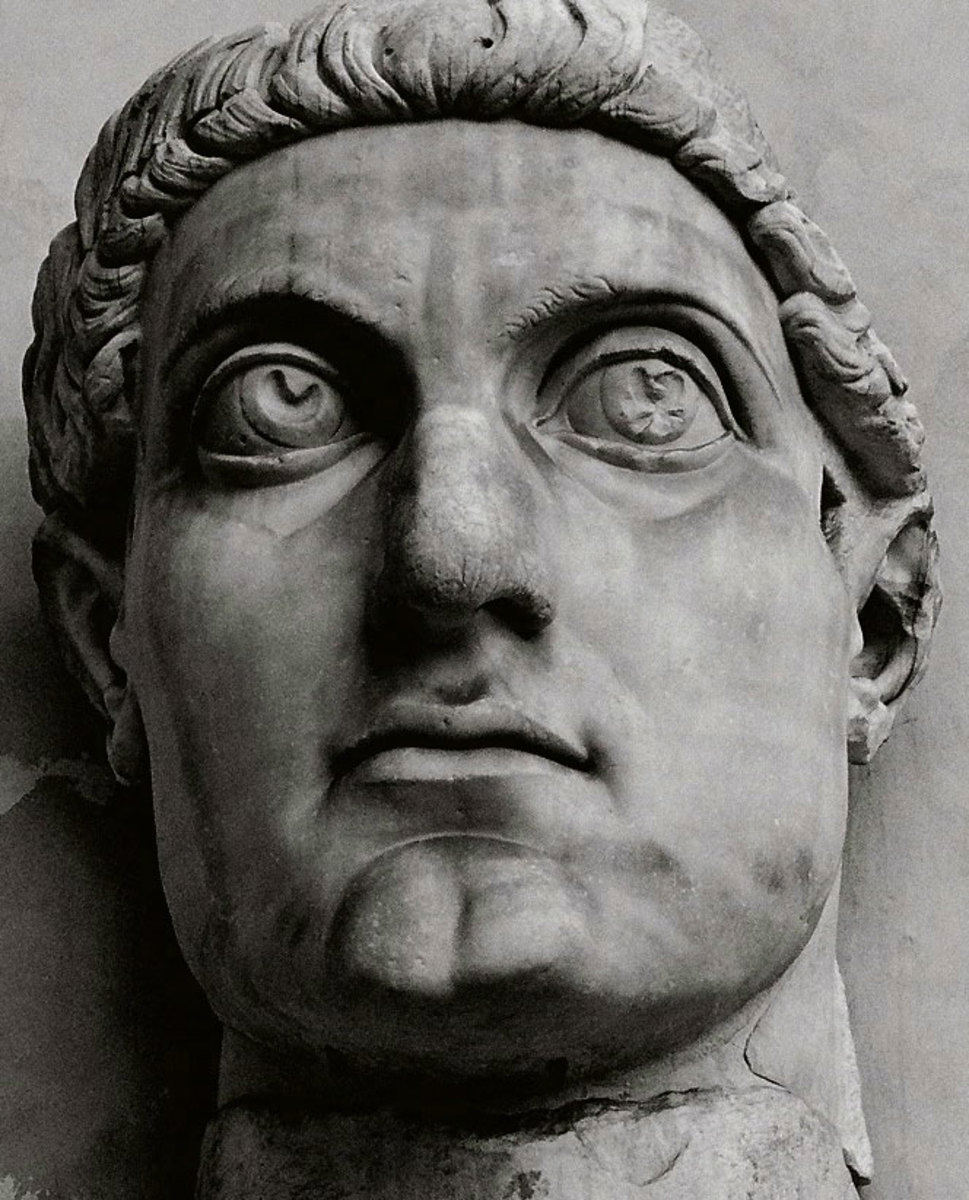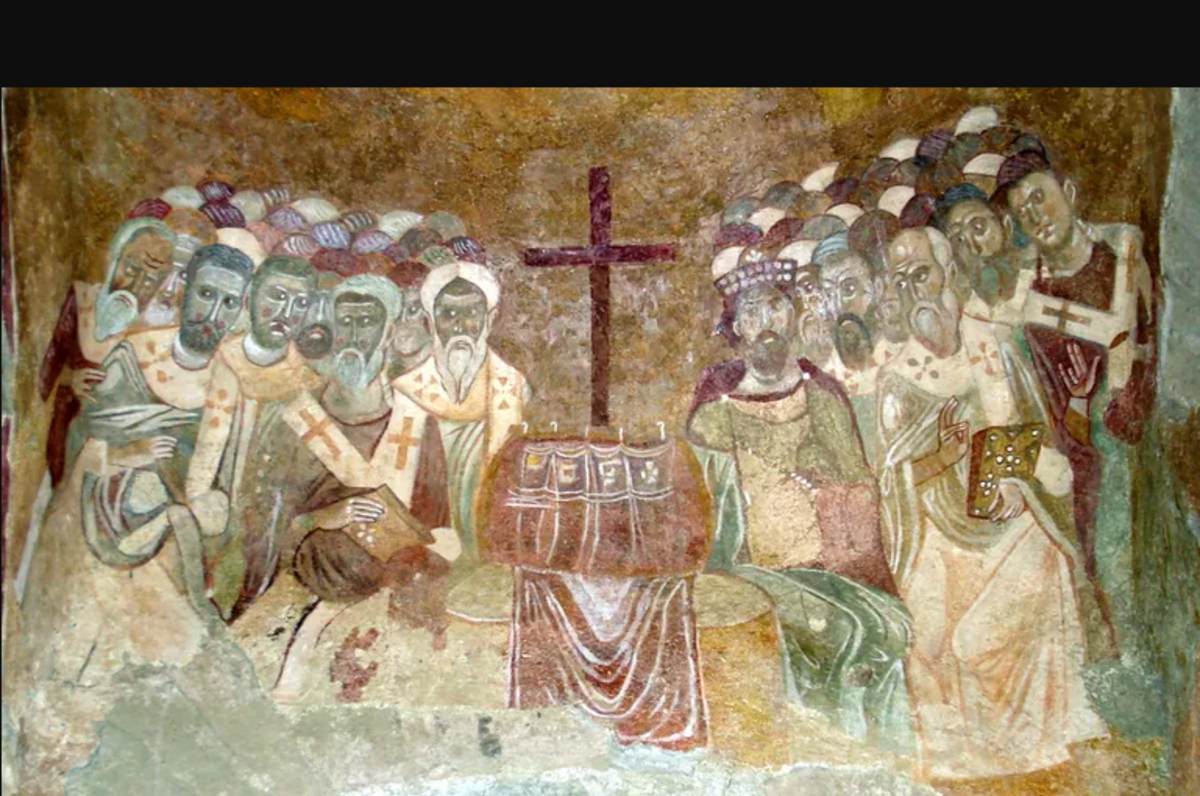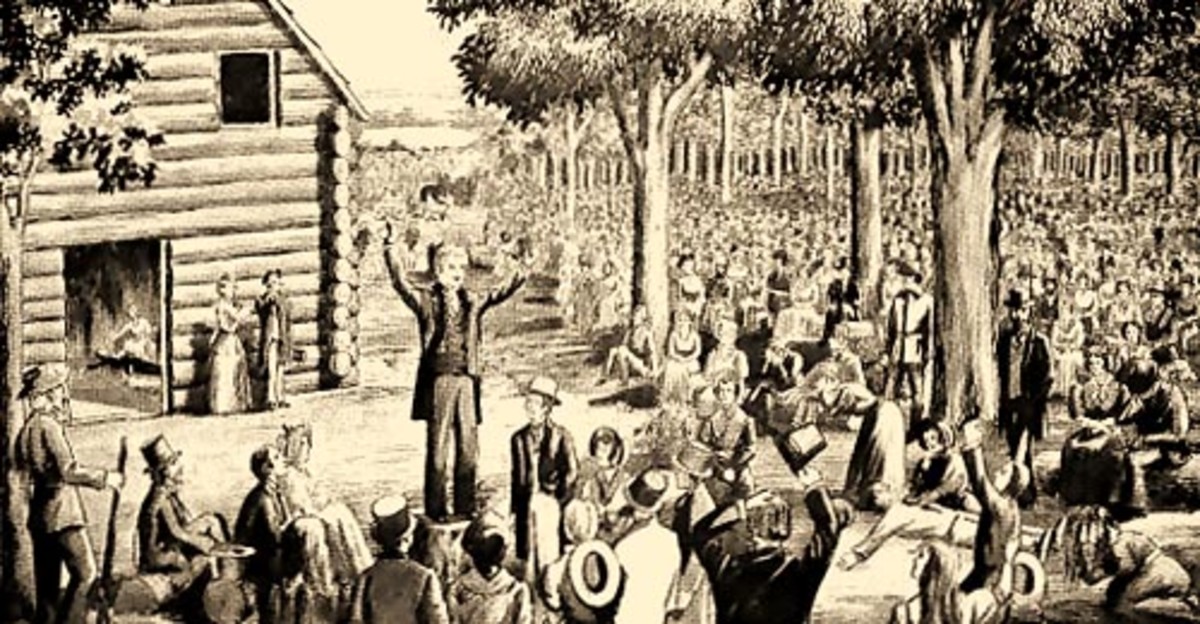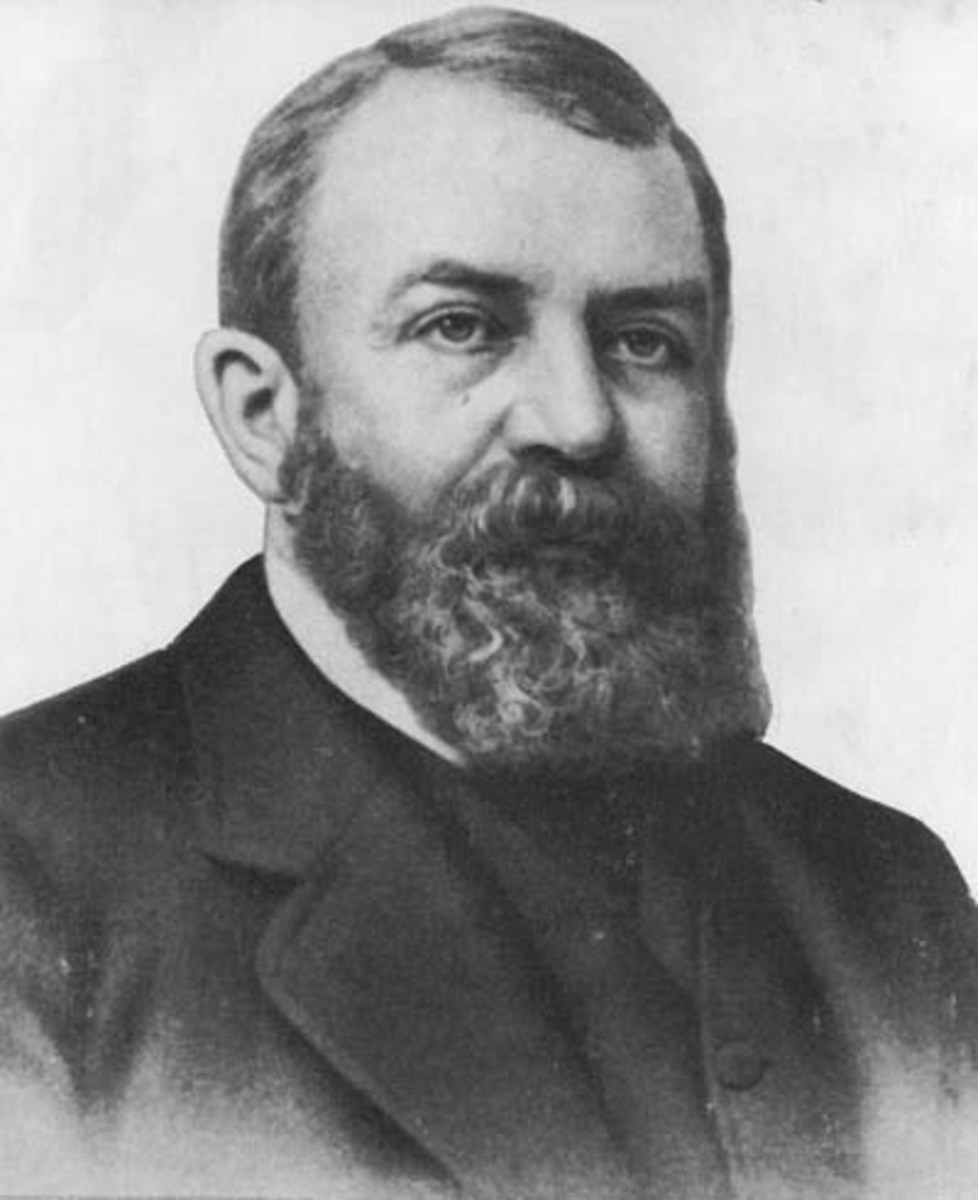Brief Biographical Sketch of Eusebius of Caesarea
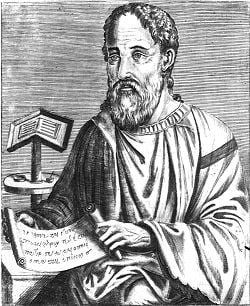
Eusebius is a very interesting person not only from a religious perspective but also from a historical perspective. There are many who find fault with his historical perspective, but an equal amount who find his perspective quite valid. Regardless of ones position as to his historical validity, if for no other reason than relating many of the events during the reign of Constantine, his role in documenting the Christian faith during a very critical time should be taken into account for the sheer magnitude of information that he presents as well as the detail.
Eusebius was born sometime between the year 260 and 265 AD. The basis for this is Eusebius’ reference to Dionysius of Alexandria, who died in 264 AD, as his contemporary and how he is now going to relate the events of "our own times". Nothing is known of his parentage, but the fact that he escaped martyrdom during the Diocletian persecution as well as his future relationship with the Emperor Constantine lends credence to the idea that his parents were possibly influential or of some importance. Also assumed, since there is no clear record, is that Eusebius was born in Caesarea. He made the acquaintance with Pamphilus who founded magnificent church in Caesarea and would be a mentor to Eusebius. Early in 309 Pamphilus and several of his disciples were beheaded. Out of devotion to his memory, Eusebius called himself Eusebius Pamphili, meaning, probably, that he wished to be regarded as the bondsman of Pamphilus, however another suggestion according to the Catholic Encyclopedia, is that,
On the authority of an ancient scholion emanating from Caesarea which calls Eusebius the “son of Pamphilus.” Pamphilus, in order to make Eusebius his heir, took the necessary step of adopting Eusebius.
During the time of the Christian persecutions, in which his own master, Pamphilus, was martyred for his faith, Eusebius visited Tyre and Egypt and witnessed numbers of martyrdoms, he himself having been imprisoned. Accusations of cowardice were aimed at Eusebius as to how he escaped death or any other punishments. An indignant bishop, who had been one of his fellow-prisoners and "lost an eye for the Truth", demanded at the Council of Tyre how "he came off scathless". Eusebius succeeded Agapius, as Bishop of Caesarea soon after 313 and he was a very prominent participant at the Council of Nicaea in 325. At the Council, Eusebius sought to clarify his position and gave his signature to the orthodox views of the Nicene Creed - that Jesus is indeed the “true God from true God, eternally begotten of the Father …begotten, not made, of one being with the Father.” Constantine died in 337 and Eusebius survived him long enough to write his “Life of Constantine” and two treatises against Marcellus, but by the summer of 341, Eusebius had died.
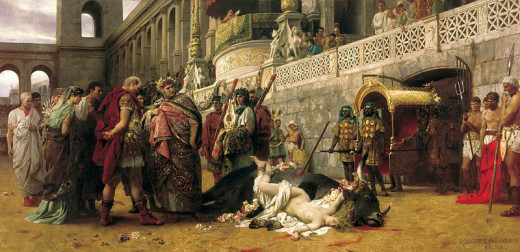
Eusebius’ magnum opus is his “Ecclesiastical History” work. By the time we get to Book 8 of this work, Eusebius begins to reflect on the events of what he called “the most important occurrences of our own times.” What this book covers is a list of prominent martyrs of the Christian faith, including the likes of Dorotheus who he touts as “the most devoted and faithful of them all”, the “celebrated” Gorgonius, and then the nameless multitude of martyrs.
His description of the destruction of the churches and the extreme detail given to the different types of tortures and deaths that these Christian martyrs endured gives quite a historical perspective of this era and how punishment was not enough for those deemed “enemies of the state.” He also goes on to explain different types of tortures that the Christians endured in various places that he traveled.
What is noteworthy is how many of these Christians, even at this stage of Christianity, were more than willing to stand firm in their faith even to the death. The question raised is did Eusebius only single out these that were strong in their faith and chose to leave out those that readily cowered and accepted the pagan worship of the Romans, or were the Christian’s of this period that steadfast in their faith? He then proceeds to give a very detailed list of bishops, presbyters and other religious leaders who lost their life during this period at the hands of the persecutors.
I found this section to be of immense historical insight and usefulness, as giving these names and locations are a great way to cross-reference with other historical texts to claim validity of one or the other or both. Another interesting feature of this chapter is how Eusebius covers the struggle of the Roman political climate. While he is obviously a “fan” of Constantine, he does present details of the struggle between the various factions of the time as well as their religious and political leanings. These again can most certainly be backed by other historical texts and it is interesting to see how Eusebius and these future writers of the same history compare and contrast.
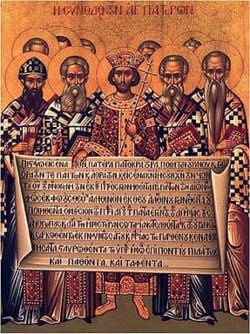
Book 10 appears to be more of Eusebius’ praise of God for the end of the persecutions, and the peace that only comes from God. He also talks about the restoration of the Church after the persecutions the rise of a strong Christian ruler, and the coming glory of the Christian faith. He uses many passages of scripture. All of Eusebius’ uses of scripture he uses as the means to provide what he perceived as a prophetical rise of the Christian faith, the glory that has come and was prophesized in scripture. He then goes into an account of the Roman laws, how these imperial laws related to religion, the clergy and the issue of money. He also again relates a historical and factual view of the events leading to rise of a Christian nation-state under the Emperor Constantine. His coverage of Licinius is very critical, almost to the point of portraying him as Satan himself,
But malignant envy, and the demon who loves that which is evil, were not able to bear the sight of these things; and moreover the events that befell the tyrants whom we have already mentioned were not sufficient to bring Licinius to sound reason.
Finally, Eusebius concludes with the victory of Constantine and the blessings for the Roman nation under a Christian leader. How the fear, pain and hatred had all been removed by his ascension and the death of the final persecution, Licinius.
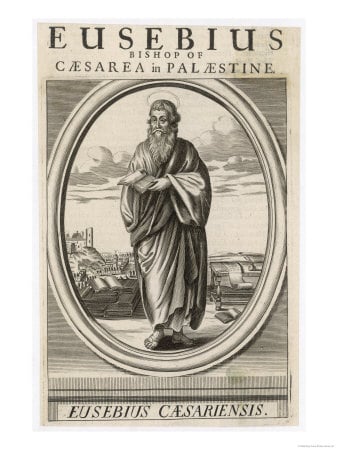
From a historical aspect, there has been considerable discussion as to the validity of Eusebius’ historical facts.There are those that claim his writing is nothing more than a regurgitation of standard fare pro-Christian rhetoric miss the opportunity to see that even from this point-of-view, Eusebius’ work still provides research material and insight into a period not well documented, especially from a primary source. One of the problems initially is the structure of the writing and trying to comprehend exactly what Eusebius is trying to say. The language and conversion to English most like is lost in translation and makes reading his text difficult in parts. Some parts are most certainly clear, others however read like an overly complicated Shakespearean drama. However, J.B. Lightfoot sums up the role Eusebius played in the understanding of history when he said,
It must be confessed however that the execution of his work falls far short of the conception. The faults indeed are patent and tend to obscure the merits, so that an unjust depreciation of the work has too commonly been the consequence. Yet, with all allowance made for these, it is a noble monument of literary labor. He himself, as we have seen, pleads for indulgence, as one who is setting foot upon new ground, “nullius ante trita solo.” As he had no predecessor, so also he had no successor. Rufinus, Socrates, Sozomen, Theodoret, all commenced their work where he had ended. None ventured to go over the same ground again, but left him sole possessor of the field which he held by right of discovery and of conquest. The most bitter of his theological adversaries were forced to confess their obligations to him, and to speak of his work with respect. It is only necessary to reflect for a moment what a blank would be left in our knowledge of this most important chapter in all human history, if the narrative of Eusebius were blotted out, and we shall appreciate the enormous debt of gratitude which we owe to him. The little light which glimmered over the earliest history of Christianity in medieval times came ultimately from Eusebius alone, colored and distorted in its passage through various media.
Ultimately, Eusebius’ work leaves us with a firm, historical background not only of the Christian faith of the early church, but of the historical events during the reign of Constantine and the ability to piece many missing pieces of the puzzle together that had he not endeavored to undertake this work could quite possibly have been lost to the annals of time.





